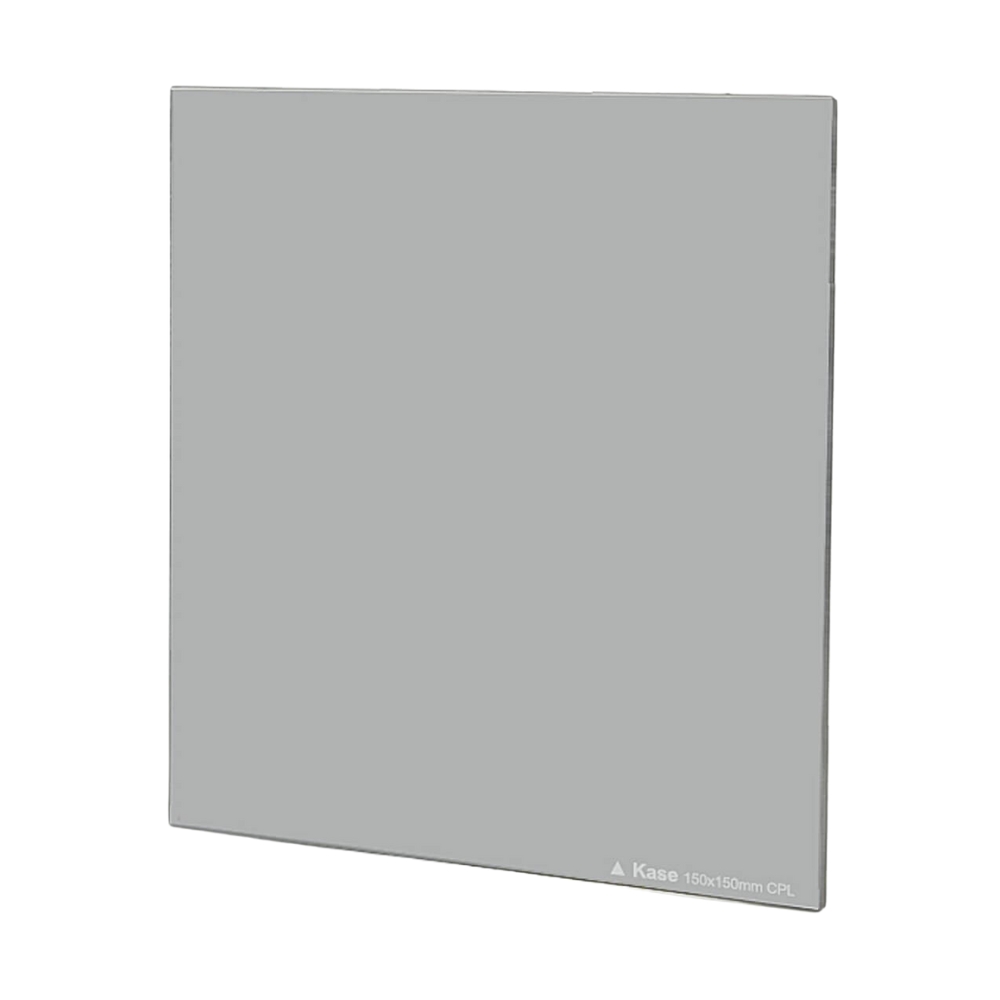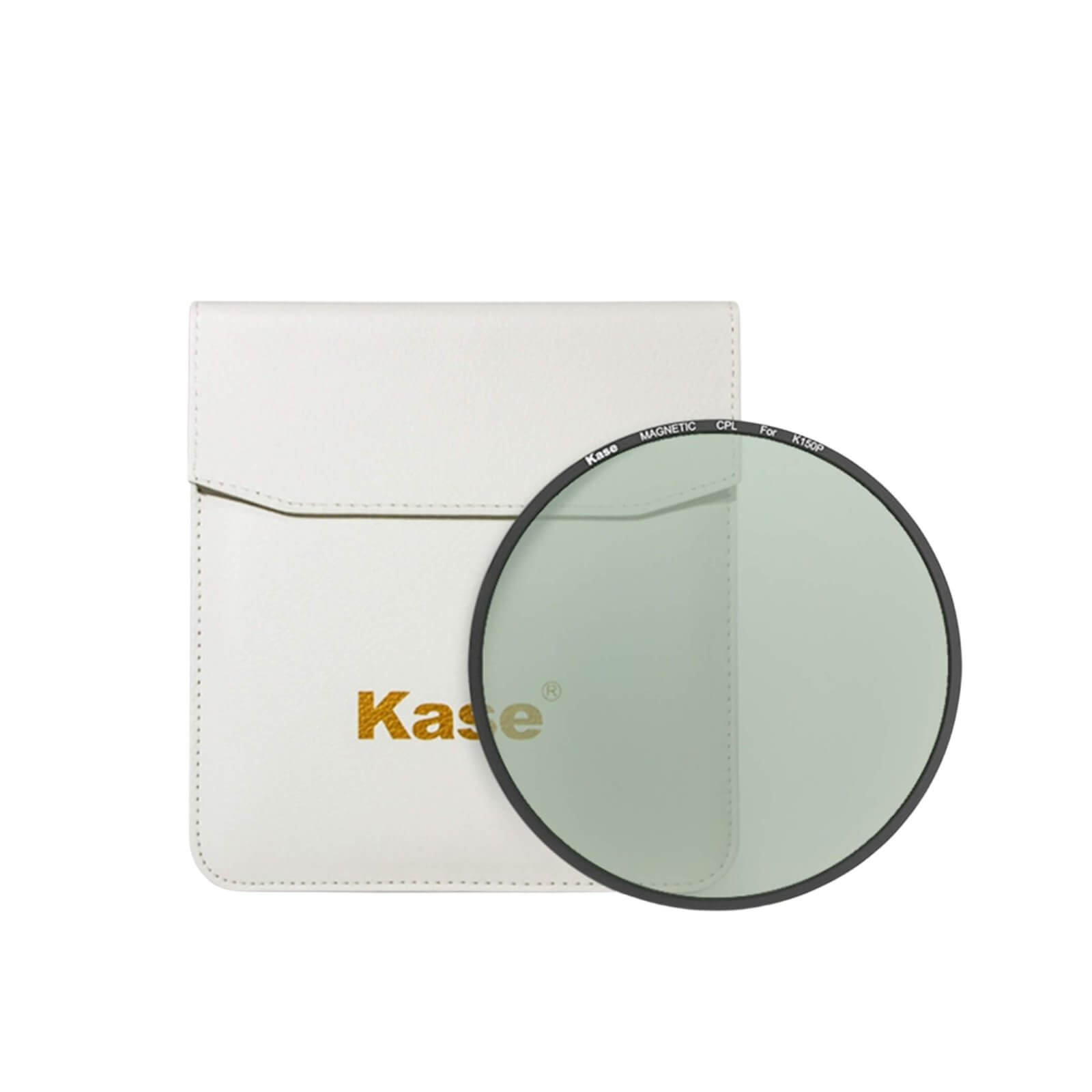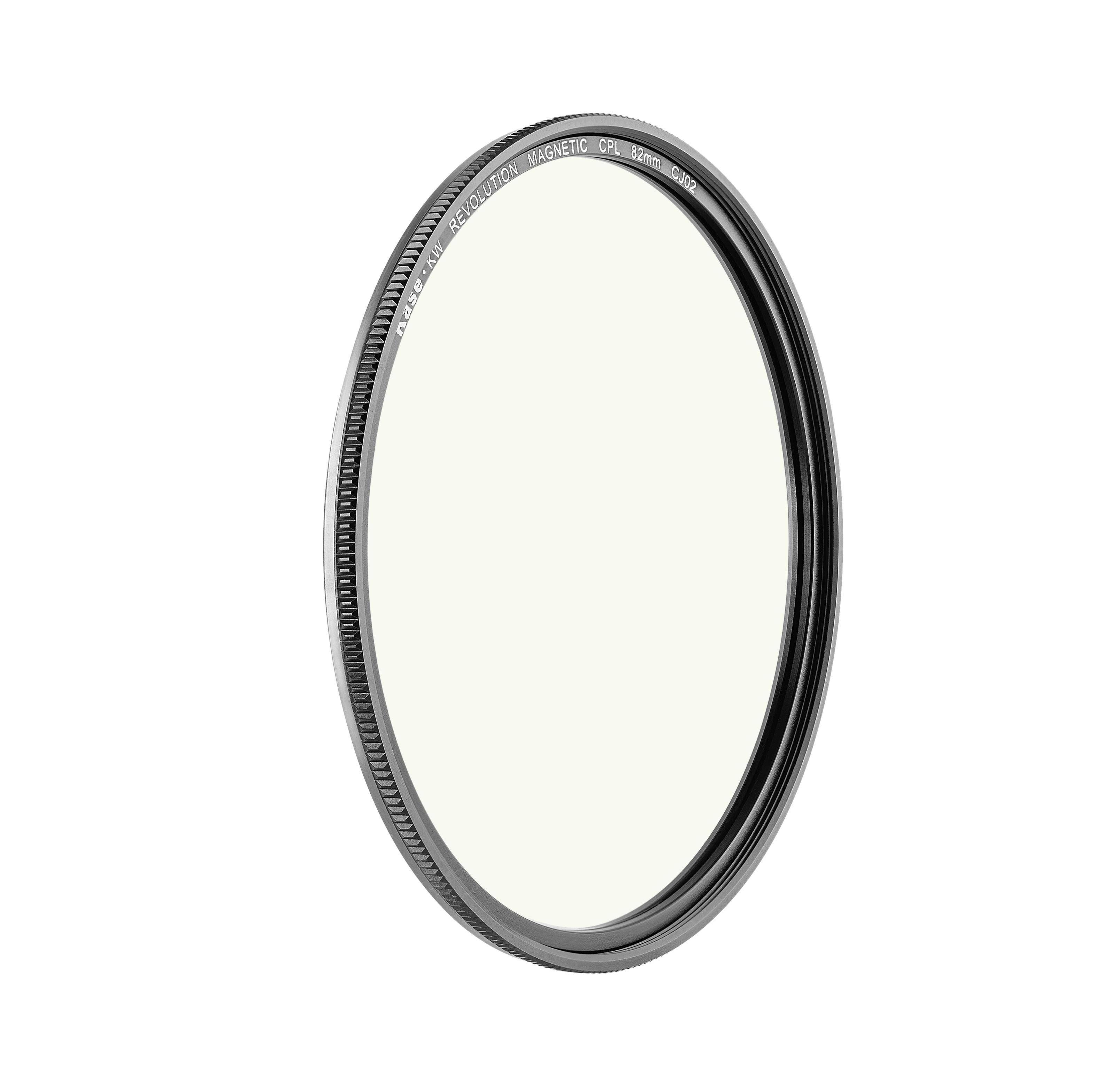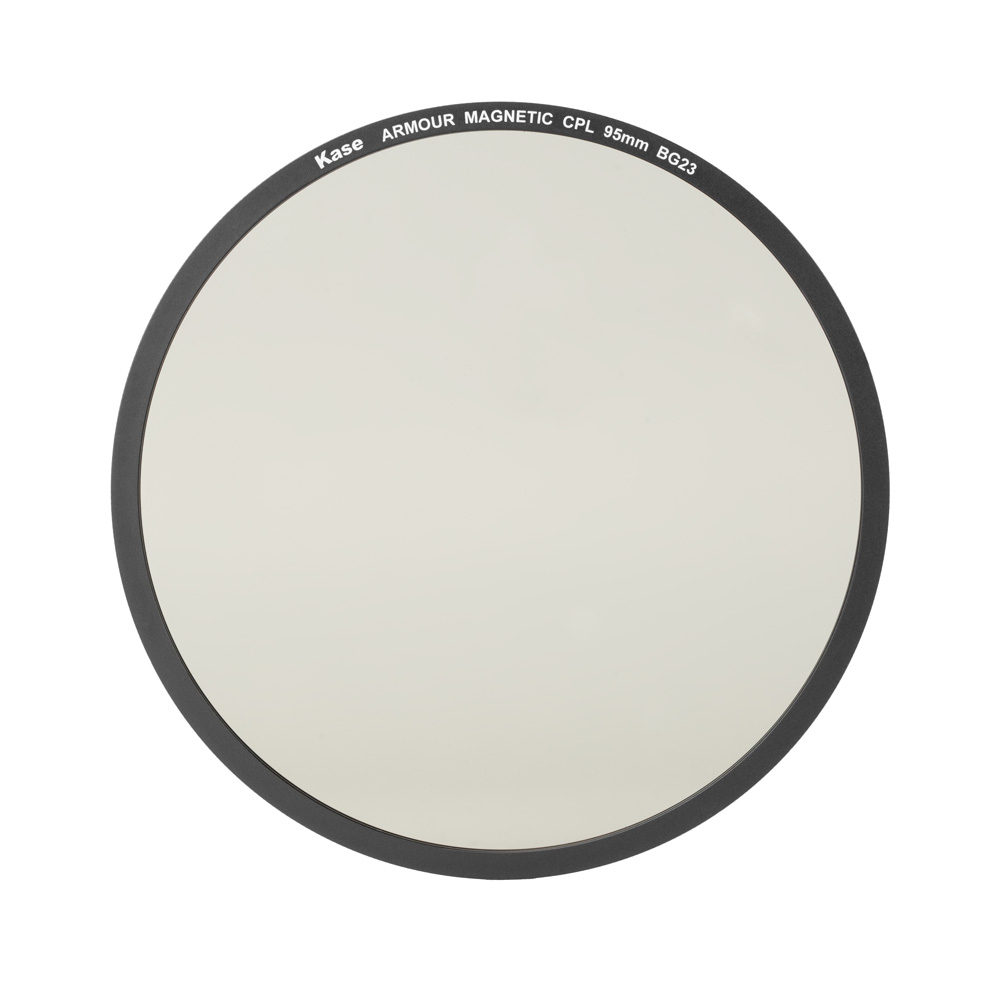Kiedy używać filtra polaryzacyjnego i jakie efekty można uzyskać
Filtry CPL najlepiej sprawdzają się przy dużej ilości światła. Są niezwykle wszechstronne i mogą pomóc w robieniu lepszych zdjęć w różnych sytuacjach.
Eliminowanie odbić
Najczęstszym zastosowaniem filtra polaryzacyjnego kołowego jest usuwanie refleksów. Podczas fotografowania przez okna, szkło lub inne odbijające powierzchnie, filtr CPL może pomóc wyeliminować odbicia i uchwycić to, co znajduje się za szybą z wyraźnymi detalami.
Fotografowanie scen z wodą
Jeśli chcesz uchwycić krajobraz z morzem, rzeką lub jeziorem, przez które widać dno, filtr polaryzacyjny kołowy będzie niezbędny. Dzięki redukcji odbić od powierzchni wody, filtr odsłania zanurzone tekstury i detale. To sprawia, że zdjęcie staje się ciekawsze i głębsze. Filtr CPL usuwa też odbicia z mokrych kamieni i skał, pozwalając uchwycić ich prawdziwy kolor bez jasnych punktów odbicia.
Fotografowanie roślinności
Filtry polaryzacyjne kołowe redukują odblaski także na liściach. Wzbogaca to kolory liści, kwiatów i innej roślinności. W rezultacie zielenie, żółcie i czerwienie stają się bardziej nasycone i intensywne.
Fotografowanie nieba
Podczas robienia zdjęć krajobrazów z widocznym niebem, filtr polaryzacyjny kołowy może pogłębić odcienie niebieskiego, sprawiając, że niebo będzie bardziej intensywne, a chmury będą się wyraźnie wyróżniać.
Wzmacnianie kolorów
Filtr polaryzacyjny kołowy pogłębia kolory, sprawiając, że stają się ciemniejsze i bardziej nasycone. Zdjęcia wykonane z jego użyciem mają lepszy kontrast.
Kiedy NIE używać filtra polaryzacyjnego
Chociaż filtr CPL to bardzo przydatne narzędzie w fotografii, w niektórych sytuacjach lepiej z niego zrezygnować.
Zachowanie odbić
Czasami warto pozostawić odbicia dla uzyskania efektu artystycznego. Na przykład, jeśli chcesz uchwycić odbicia kolorowego światła, jak promienie słońca tańczące na powierzchni wody, lepiej pominąć filtr polaryzacyjny. Takie odbicia mogą dodać zdjęciom głębi i uroku, a filtr mógłby ten efekt zniweczyć.

Fotografowanie przy słabym oświetleniu / w nocy
Podczas fotografowania w słabym świetle lub nocą odbicia zazwyczaj nie stanowią problemu. Wręcz przeciwnie – często trzeba dodać światła, by uchwycić szczegóły sceny. Ponieważ filtr CPL redukuje światło o około 2 działki przysłony, istnieje ryzyko uzyskania niedoświetlonego zdjęcia. Używanie filtra CPL podczas tzw. niebieskiej godziny również nie jest dobrym pomysłem.
Fotografowanie z słońcem za plecami
Polaryzacja działa najlepiej, gdy źródło światła znajduje się pod kątem 90° do kierunku fotografowania. Gdy słońce znajduje się dokładnie za tobą, efekt będzie minimalny lub żaden.
Fotografowanie panoram
Podczas fotografowania scen panoramicznych użycie filtra polaryzacyjnego może prowadzić do nierównomiernej polaryzacji i przyciemnionych fragmentów zdjęcia. Jeśli zależy ci na jednolitej jasności i nasyceniu kolorów w całym kadrze, lepiej nie używać filtra.
Używanie obiektywów szerokokątnych
Podobnie jak przy panoramach, obiektywy szerokokątne nie zapewniają równomiernej polaryzacji. Używając filtra CPL z takim obiektywem, możesz zauważyć ciemniejsze plamy na niebie i efekt winietowania.
Zastosowanie filtrów polaryzacyjnych w różnych typach fotografii
Teraz, gdy już wiesz, jakie efekty można uzyskać dzięki filtrowi polaryzacyjnemu kołowemu, zobaczmy, jak sprawdza się w różnych typach fotografii:
- Fotografia krajobrazowa: Głębokie niebieskie niebo, przezroczysta woda z widocznym dnem, nasycone kolory – do tego właśnie używa się CPL.
- Fotografia architektury: Eliminacja uciążliwych odbić od przeszklonych budynków pozwala uchwycić czyste i ostre ujęcia miejskich scenerii.
- Fotografia produktowa: Usuwanie niechcianych odbić z produktów pozwala pokazać ich rzeczywisty wygląd. Szczególnie przydatne przy fotografowaniu biżuterii i zegarków.
- Fotografia samochodowa: Redukując odbicia i odblaski z błyszczących powierzchni, filtr polaryzacyjny umożliwia uchwycenie prawdziwego koloru i tekstury samochodu.
- Portrety plenerowe: Redukcja odblasków ze skóry i poprawa ogólnego kontrastu zdjęcia.
Wskazówki dotyczące skutecznego korzystania z filtra polaryzacyjnego kołowego
- Unikaj nadmiernej polaryzacji: Zawsze sprawdzaj, jak wygląda zdjęcie na ekranie i dostosuj filtr przed wykonaniem ujęcia. Zbyt mocna polaryzacja może sprawić, że niebo będzie wyglądać nienaturalnie ciemno.
- Dostosuj filtr: Warunki oświetleniowe mogą zmieniać się dynamicznie, zwłaszcza podczas fotografowania na zewnątrz. Nie zapominaj o dostosowywaniu filtra CPL podczas przemieszczania się lub zmiany położenia słońca w ciągu dnia.
- Sprawdź ustawienia: Filtr polaryzacyjny kołowy zmniejsza ilość światła wpadającego do obiektywu o około 2 działki przysłony. Może być konieczne skorygowanie ekspozycji.
- Ćwicz, ćwicz i jeszcze raz ćwicz: Eksperymentuj z różnymi ustawieniami, scenami i kombinacjami filtrów, aby znaleźć to, co najlepiej pasuje do twojego stylu.
















